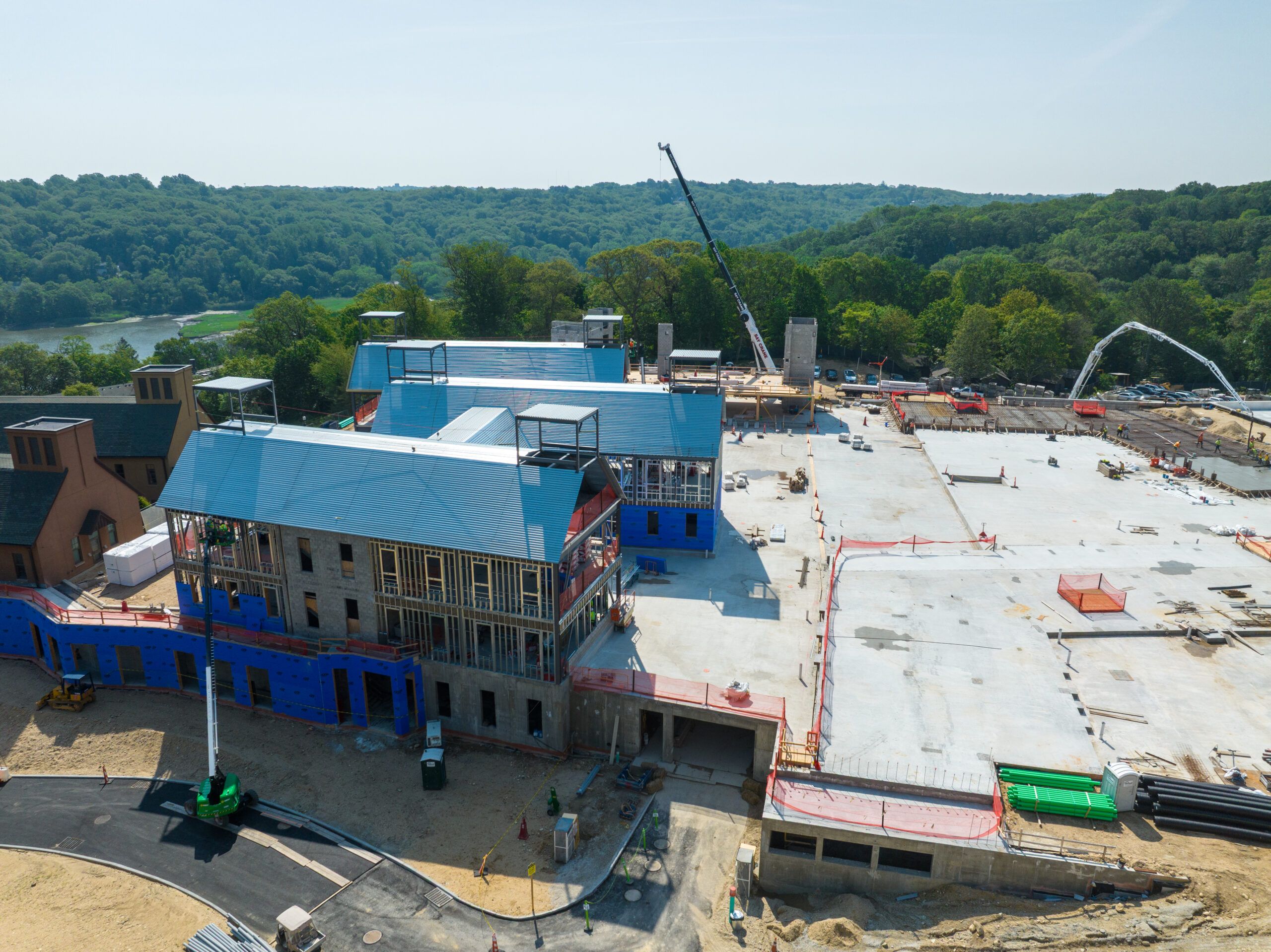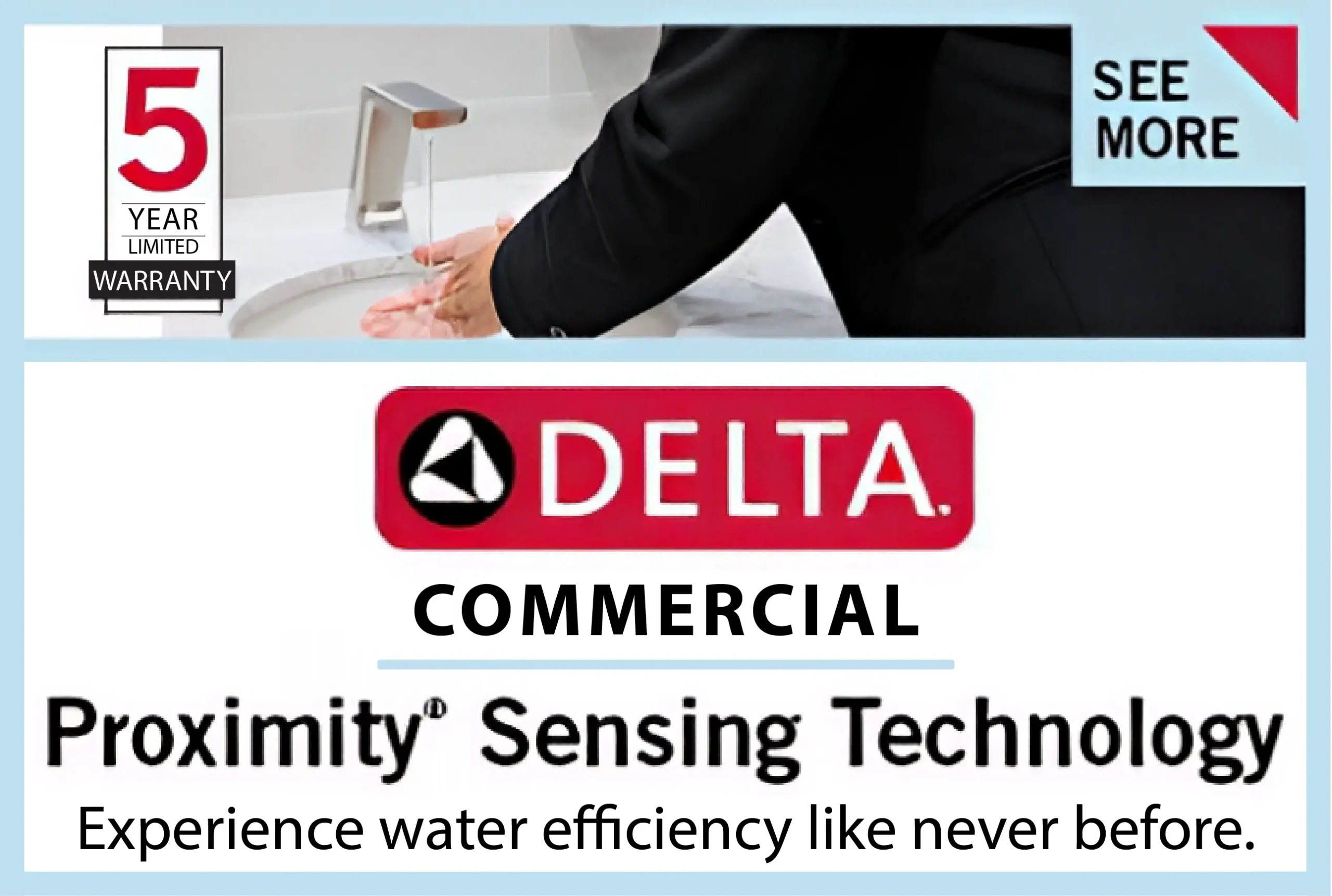Imagine being in the middle of a big project and all of a sudden, you notice that your excavator’s hydraulic arm is moving slower than before. Or, even worse, it just stops working. This can cause a ton of problems because you have a deadline to meet and now you’re stuck waiting for repairs, so you’re losing time and money. Hydraulic systems are incredibly important, but they don’t last forever
Over time, their components wear down resulting in the machines losing power, moving sluggishly, and overheating. That small leak you noticed might not seem like a big deal, but if you don’t handle it right away, you’re looking at some really expensive repairs down the line.
So, how do you know when to stop patching things up and actually replace the parts? You’ll see if you keep reading.
Warning Signs
In order to react on time, you have to know what to watch out for. No hydraulic system will just fail overnight, it’s a process that starts with small issues that pile up and get worse as time goes on. The inside components wear down and the machine is no longer as smooth and as powerful as it once was. You’ll notice that it moves sluggishly, can’t really lift heavy loads without struggling, or maybe it’s reacting slower than before.
All of these are signs that the cylinders or actuators aren’t generating enough force, and that means that there’s something in the hydraulic system not working as it should.
Inconsistent pressure levels is another red flag. If the pressure is fluctuating all the time, it will make the machine unpredictable, which causes jerky movements and loss of control. Then there are sounds like hissing, whining, or even knocking. This all points to air pockets, internal damage, or fluid cavitation. Basically, the system is struggling.
Heat is a major problem, too. If the hydraulic system is hotter than usual, it could mean increased friction, fluid contamination, or failing hydraulic pump parts.
If you ignore any of these signs, you’re in for a lot of trouble.
How to Know It’s Time for an Upgrade
You don’t need an upgrade for every single issue, sometimes you can patch things up and you’re good to go. At a certain point, though, you’ll simply have to replace the parts that are worn out.
Here’s how to know what to do.
Age and Wear of the Equipment
The lifespan of hydraulic components depends on how often and how hard they’re used. If a machine runs every day and it’s in rough conditions, it will wear out a lot faster than one that’s used once in a while. Heavy loads, extreme temperatures, and exposure to dirt and moisture can speed up wear and tear. Effective hydraulic system troubleshooting is essential for minimizing downtime and preventing costly equipment failures.
Most parts, like pumps, hoses, and seals, have a recommended replacement cycle based on how many hours they’ve been used.
Repair Costs Are Adding Up
If you’re always spending money on repairs, you should start thinking about getting a replacement. At first, it seems cheaper to just pay for a small repair, but when it’s just one after the other and they pile up, they’re more expensive than an upgrade.
For example, a hydraulic pump that’s failing will damage other parts of the system, which then leads to a whole cycle of breakdowns and repairs. If you see that you need the same repairs over and over, it’s a clear sign that some equipment needs replacing.
Outdated Technology
Hydraulic technology has come a long way. Newer pumps use less energy and provide better performance, advanced filtration keeps contaminants out of the fluid, and smart diagnostics let you monitor the components in real-time and catch problems early.
If you have equipment that still uses outdated hydraulic parts, you’re missing out on a lot of very practical advantages. Old parts will make your machines work harder than they need to, which makes them less efficient and increases wear.
Meeting Safety and Environmental Standards
Regulations are always evolving, which means your old hydraulic system may not be meeting current safety and environmental requirements. For instance, some older parts may not comply with standards on emission or they’re a safety risk because their design is outdated. Hydraulic leaks can contaminate the environment, and worn-out parts increase the risk of accidents on the site.
In these cases, it’s best to upgrade your hydraulic system to make sure the equipment is compliant with industry regulations, so you can avoid fines and issues concerning liability. What’s even more important is that newer equipment will make the work environment safer and environmentally responsible.
Conclusion
It’s not easy to make a decision to upgrade your hydraulic components because it’s not cheap by any means.
But after a while, there’s nothing else to do but that and, the longer you delay, the more problems you’re causing for yourself, your colleagues, and in the end, your client.











